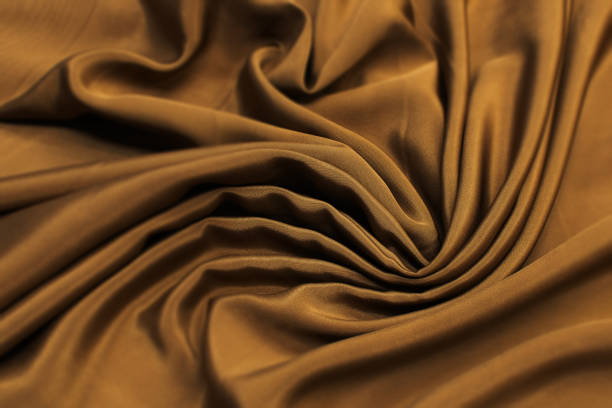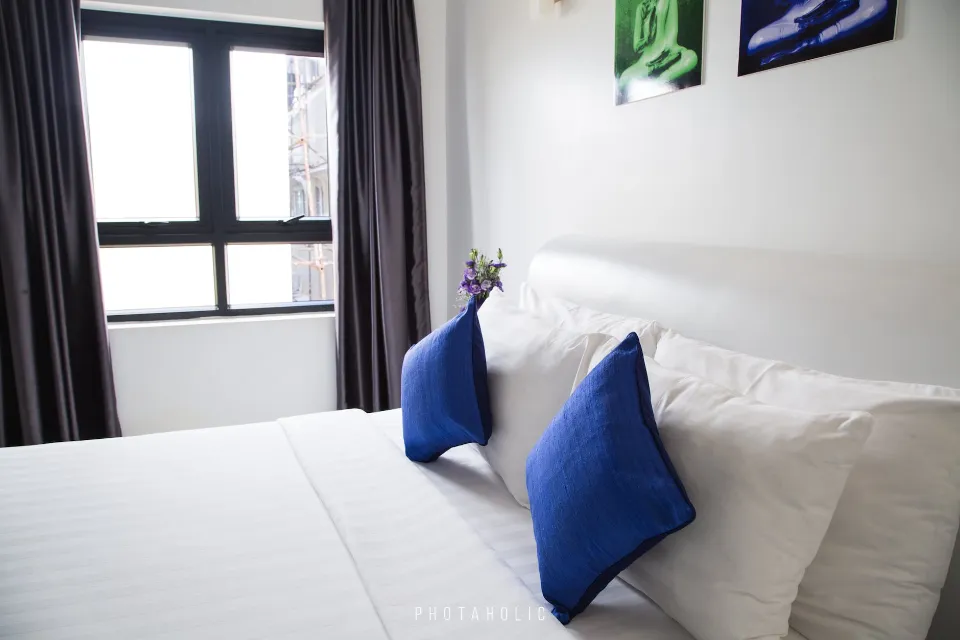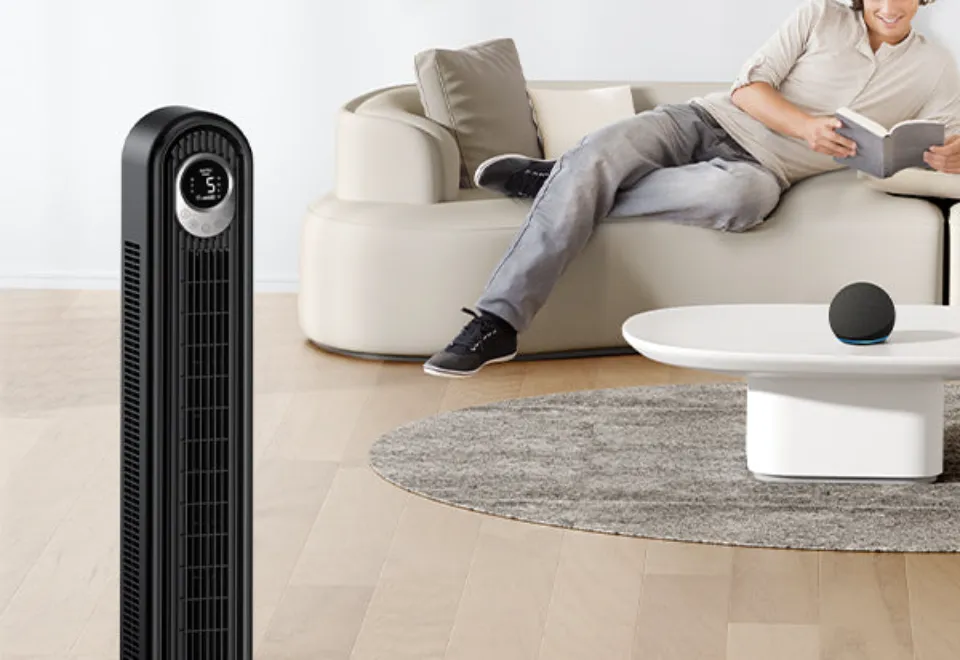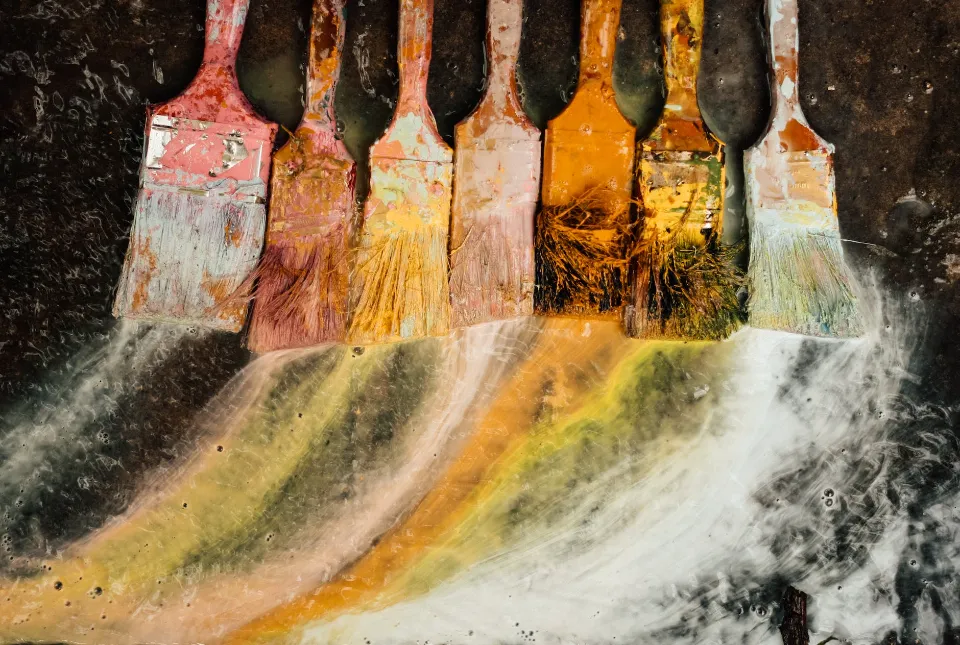Spending a little more on bed sheets can occasionally be beneficial. As a result of the fact that you spend a third of your life there, investing in them may be worthwhile if your budget allows for it. But when spending money, it’s even more>important to get exactly what you want. Here is a detailed guide to the top two luxury bedsheet products available today: Sateen and cotton of Egypt.
Table of Contents
What Is Sateen?
The term “sateen” describes the fabric’s weave, not the components used to make it. Although cotton fibers are typically used to create sateen, other fibers, including silk, wool, and polyester, can also be used to create this fabric.
Spun yarns rather than a filament are used to create the woven structure. The warp yarn pattern of four over and one under creates the softer texture of sateen, as opposed to the standard weave pattern of one over and one under. Sateen differs from other cotton fabrics due to the weaving pattern.
The fact that sateen can be machine-washed without the fabric being harmed is another feature that sets it apart. Sateen is more adaptable than many other silky fabrics because it can be bleached, dyed, and scrubbed.
Sateen is available in various weights and colors and has a wide range of characteristics. It comes in both solid colors and patterns, is less expensive than silk, and is simple to sew. Sateen is wrinkle-resistant and soft and glossy. What’s more, because it contains natural cotton, it is hypoallergenic.
Sateen Vs Satin
Despite the fact that satin and sateen are frequently contrasted, they are not interchangeable because they are made of different types of fibers. Their weaving techniques and fabric structures differ, and the fabric’s composition is not comparable. Unlike sateen, which uses spun yarns, satin is made from filament fibers. Instead of the fibers themselves, the satin weave gives sateen its shiny appearance. Silk, polyester, and rayon are used to make satin instead of cotton.
Satin is superior to sateen because cotton serves as the underlying natural fabric in this fabric, giving it this advantage. Compared to satin, cotton sateen is more resilient and long-lasting. The cotton content of sateen makes it simpler to dye and allows it to take on patterns and designs that are more appropriate for the cotton content.
Sateen Vs Silk
For those who are on a tight budget, sateen is a smart alternative to silk. The soft, shiny texture of sateen is comparable to or identical to that of silk, but it is much less expensive.
What Is Sateen Spandex?
Sateen fabric gains additional dimension thanks to the addition of spandex. Now that it has stretch capabilities, it can be used to create very stylish clothing items like high-quality pants, jackets, and other accessories.
What Is Cotton From Egypt?
Egyptian cotton is made from a particular type of cotton plant: the gossypium barbadense, to be exact.
The feel and appearance of Egyptian cotton bed linens are matte. After a few washes and wear, they may soften despite initially feeling rough on the skin. The best cotton sheets are the most widely used luxury option, but they are also the most expensive—often costing up to $500.
What’s The Difference?
Sateen and Egyptian cotton differ primarily in two ways: differences of construction and differences of finish. The long, untreated fibers of a single type of cotton plant are used to make Egyptian cotton, which is then woven in the conventional one-over-one-under fashion. Sateen is woven in a satin weave, which means that multiple threads running in the same direction predominate on either surface. Sateen is made from the mercerized fibers of any cotton plant.
Egyptian cotton has a matte finish, is crisp, durable, long-lasting, and frequently more expensive. Sateen is more delicate, smooth, sheeny, and often more affordable.
Benefits Of Both
Egyptian cotton is strong and resilient (and in some cases can last for up to fifty years!), which may justify its higher price tag. Because Egyptian cotton has very little lint and doesn’t pill, it keeps its new-looking appearance for a very long time. Because of the high thread count, the sheets are also very sturdy and unlikely to tear or become too thin over time.
Because it takes dye well and doesn’t wrinkle easily, Egyptian cotton is also aesthetically pleasing. It lacks the luxurious-looking sheen and drapeability of shiny Sateen and is much more matte in appearance.
Both Egyptian cotton and Sateen are breathable, however When it comes to controlling temperature, Egyptian cotton is regarded as superior. This is as a result of its crispness and weave, which causes it to drape further from the body.
Sateen, because of the mercerization process, is water repellent and thus resists mildew. This makes it a good option for some people with sensitive skin.
Because of their distinctive sheeny finish, sateen sheets have a beautiful appearance and have a smooth drape. The dye takes evenly and lasts a long time with the assistance of the mercerization process, making the finished product look vibrant and striking.
Drawbacks Of Both
Egyptian cotton bedsheets may not initially be very comfortable. They are initially quite coarse and stiff, but with time and a few washes, they soften and become more malleable.
Egyptian cotton can be quite pricey. Although their durability can be used to justify this, some people’s budgets still cannot accommodate them.
Similar to Sateen, the Egyptian cotton market has issues with mislabeling. You won’t get the authentic Egyptian cotton experience because many manufacturers blend a small amount of Egyptian cotton with other, less opulent fibers.
Sateen is produced using a satin weave, which results in multiple threads lying on top of the surface of the fabric rather than just one as with cotton. This implies that Sateen is much simpler to pull or snag. In addition, it might make the fabric more prone to pilling, which might make the sheets appear shabby and worn. They can easily wrinkle and sometimes even require ironing.
Sateen has a slippery feel to it. As a result, your duvet may have trouble gripping the cover and may bunch in a corner or fall around inside.
However, Sateen’s capacity to retain heat may be its biggest flaw. Lightweight clothing usually drapes very closely to the body, which could trap heat and insulate it. In the summer or for people living in warm climates, this may not be desirable.
Which Is Best For Me?
What matters to you in bedsheets and your personal preferences will ultimately determine whether you choose Egyptian cotton or Sateen. Sateen might work for you if you’re looking for something that’s immediately supple and smooth, attractive, and affordable. You’re probably best off investing in Egyptian cotton if you want something extremely resilient and comfortable in all climates, don’t mind a matte finish, less appealing draping, and are willing to spend a little more money.
Our Verdict
Sateen sheets and Egyptian cotton sheets are both frequently regarded as luxurious because of how soft and comfortable they feel. Personal preference determines which kind of sheet is best for you.
Egyptian cotton sheets might be the choice of buyers who want a sheet set that will last for years and get comfier with use. The breathability and moisture-wicking properties of Egyptian cotton may also be appealing to hot sleepers.
Sheets made of sateen might be more comfortable for people who prefer a silky feel and finish. Satin sheets may also be the best option for those who frequently experience cold nights of sleep because they are typically thicker and warmer. Since sateen sheets are frequently less expensive than Egyptian cotton sheets, budget-conscious buyers might prefer them.
Look for Egyptian cotton sateen sheets to balance the advantages of each if you can’t make up your mind between the two.
You might favor linens made of Egyptian cotton if:
- You tend to sleep hot
- You want to enjoy your sheets for many years
- Budget isn’t a major concern
If any of the following applies to you:
- You tend to sleep cold
- You prefer a silky finish and slight sheen
- Your budget is more limited
Who Makes Use Of Sateen?
Various products today use sateen. Some of the most typical uses for sateen include clothing, bed linen, and curtains.
The following are some uses for sateen:
- Beautiful dresses featuring magnificent floral prints are supported by it. Since sateen is a fabric that takes dye very well, florals, stripes, checks, and plain solid colors all look lovely on it.
- Sateen is suitable for all types of clothing, including pajamas, frilly skirts, and lovely blouses with a romantic ruffled look.
- Really stylish shirt dresses are produced by sateen.
- When you add a set of sateen pajamas to your sateen bed linens, the experience is truly opulent. Sateen sheets are frequently chosen over satin ones for their luxury and comfort. They have the same opulent feel, but are simpler to maintain because they can be machine washed.
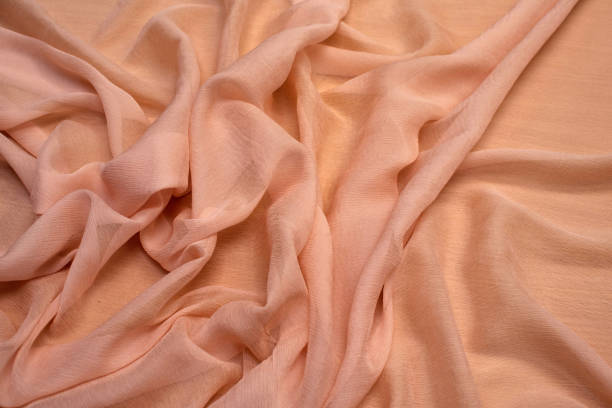
WHAT IS SATEEN BED LINEN
Sateen sheets are regarded as high end and opulent because they feel soft and silky to the touch. Despite the fact that they can be a little slick, many people enjoy the feel.
If you live in a hot climate or perspire while you sleep, sateen holds heat a little bit better than cotton, so keep that in mind when selecting bed linens. Conversely, cotton will keep you warmer if you live in a cooler climate than sateen will. Sateen pillowslips are superior to cotton in terms of preventing hair breakage, but they fall short of satin or silk.
Although cotton sateen and cotton percale are frequently contrasted when discussing bed linen, there are some significant differences between the two fabrics. With a tighter weave, percale is more durable. Satin is shiny, while percale has a matte finish. Some people prefer sateen to percale for their bed linens. They enjoy the sateen’s smooth, shiny, and soft finish.
Types Of Sateen
Along with well-known silk and brocade textures, sateen has appeared in catalogs. It is such a fundamental, adaptable fabric.
To increase the perception of its value, sateen has been given a name that resembles that of silks and brocades.
Here are a few varieties of sateen:
- Chinese brocade sateen
- Cotton spandex or stretch sateen
- Shantung sateen
- Japanese spring sateen from Cosmo.
- Milly cotton sateen
These are just a few names that have been given to sateen. Making the buyer associate the original East Asian origin of silk with brocade and shantung is facilitated by using this comparison.
What Is Sateen Laundry Instructions
Cotton sateen is simple to clean and launder. Because it is made of cotton, there will always be some shrinkage after the first wash, so take care not to use heat while washing or drying.
If the sateen requires special handling before washing, check the laundry symbols first.
- With a mild detergent, machine or hand wash in cold or warm water.
- Sort colors by light and dark.
- If it is not specifically stated on the label, do not bleach.
- Dry items in a tumble dryer on low heat, or even better, let them air dry in the shade on a line.
- Even though sateen can be ironed on a low setting, who wants to iron sheets? Sateen is wrinkle resistant, so if you hang them carefully after washing, they typically look good—at least not to me.
In Conclusion
Now that you are aware of what sateen is, you can watch out for it when buying fabric or finished goods. It is a lovely fabric with great colors and a soft luster that is inexpensive to buy and simple to sew. Sateen has a refined appearance and works well for a wide range of products. It makes a good choice for a soft and opulent bedding ensemble or a garment that is ready to walk down the catwalk with personality and style.


